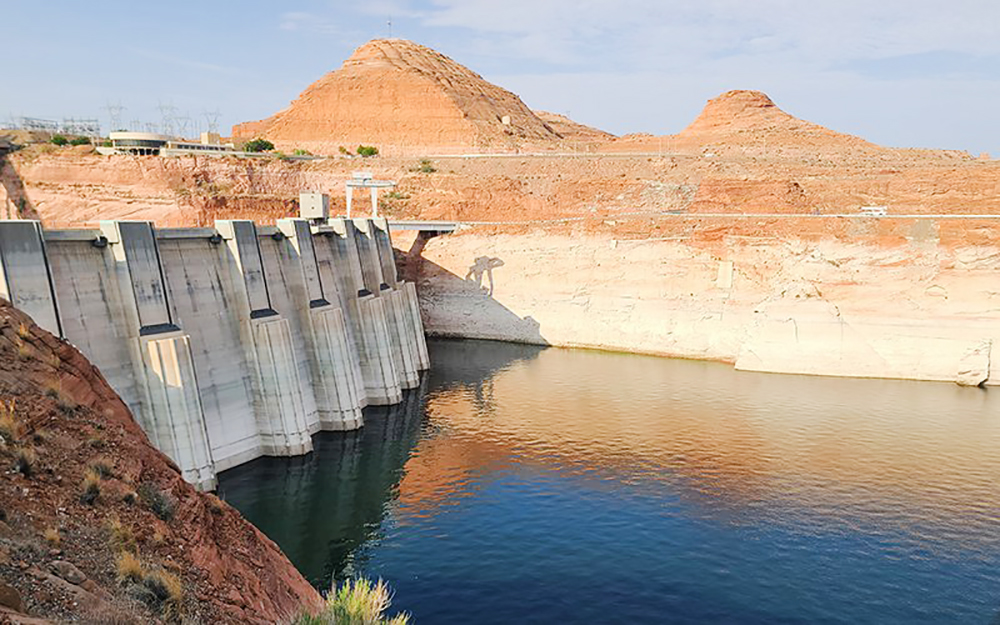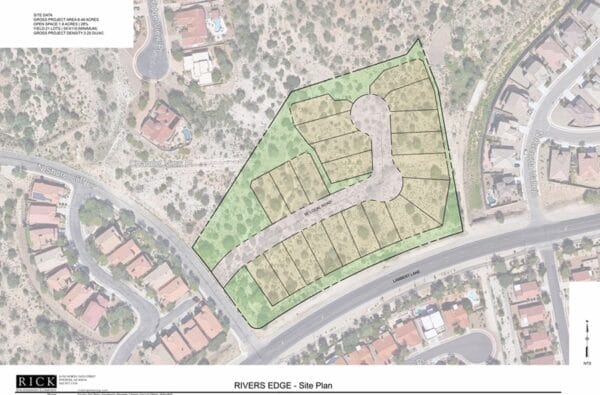Lake Powell’s Wahweap Bay and Marina as seen on Feb. 1, 2022, near Page. Lake Powell was at 26% of capacity, 168 feet below its full elevation of 3,700 feet above sea level at the time.
Opinion: Federal officials have proposed leaving more water in Lake Powell to avoid potential calamity. It’s necessary, painful – and still solves nothing.
By Joanna Allhands | Arizona Republic
If Lake Powell isn’t already doomed, it may soon be.
Insufficient runoff has put the reservoir on a quick and dangerous descent to 3,490 feet of elevation – a water level so low that Glen Canyon Dam’s hydropower turbines can no longer operate. A key part of the Western power grid would be lost.
The city of Page and the LeChee Chapter of the Navajo Nation also would lose their drinking water because the infrastructure that supplies them could no longer function.
Not to mention that if Powell falls to 3,490 feet, the only way millions of acre-feet of Colorado River water can flow past the dam and downstream to sustain Lake Mead – the reservoir on which Arizona relies – is through four bypass tubes, which have never handled that kind of volume, particularly for an extended period.
Engineers are concerned whether this setup can move enough water, especially if one or more of the tubes were damaged by heavy flows over time. If the bypass tubes move significantly less water than what the eight turbines do now, that could all but guarantee the demise of Lake Mead.
We must do more to buy Lake Powell time
This is serious.












